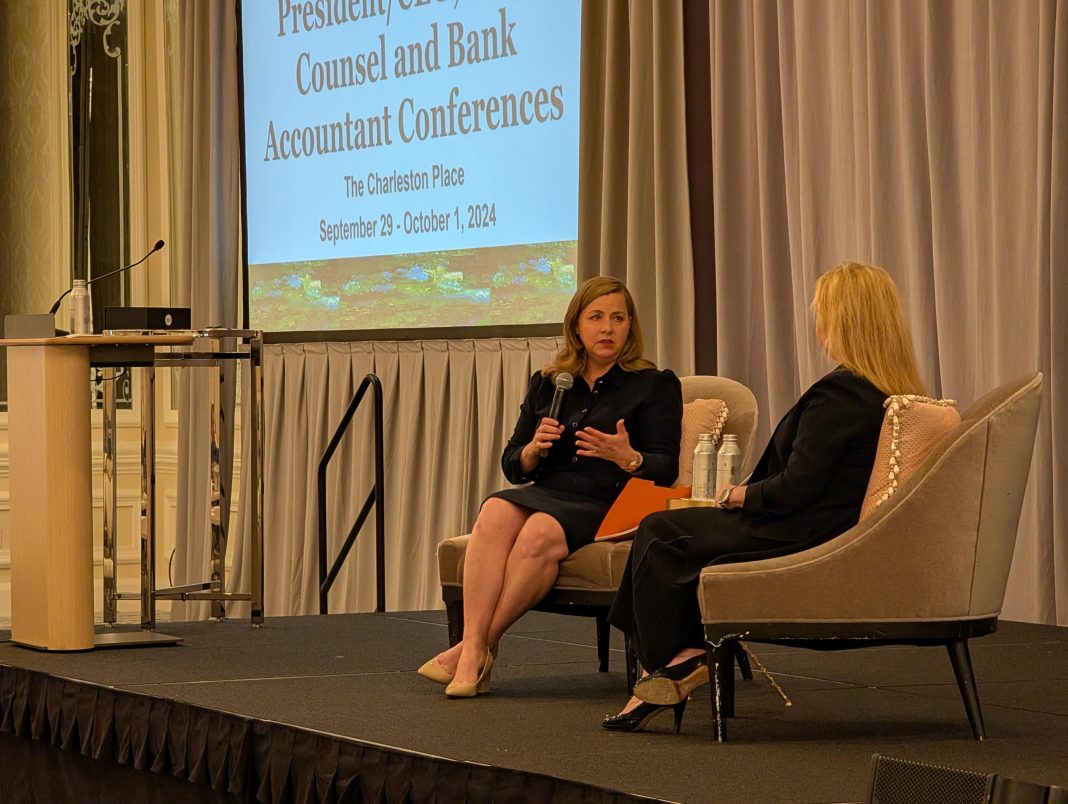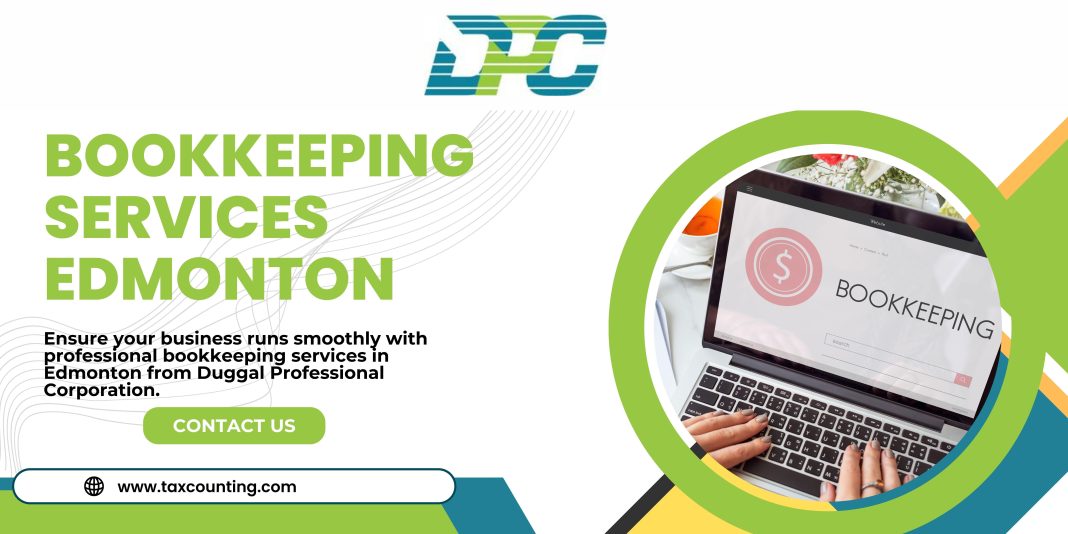In the intricate tapestry of global finance, monetary policies are the master weavers, deftly threading the loom of economic stability and growth. Yet, beneath the surface of interest rates and reserve requirements lies a complex interplay with credit risk, a shadowy figure that can either bolster or unravel the fabric of financial systems. As central banks wield their tools with precision, they influence not only the flow of money but also the very essence of risk that lenders and borrowers navigate. This article delves into the pivotal role that monetary policies play in shaping credit risk, exploring how these economic levers can mitigate or magnify the vulnerabilities within financial markets. With an authoritative lens, we unravel the dynamics at play, offering insights into how policy decisions echo through the corridors of credit, impacting everything from individual borrowers to global financial stability. Join us as we embark on a journey through the world of monetary influence, where the balance of risk and reward is delicately orchestrated by the unseen hands of policy architects.
Navigating the Monetary Maze Understanding Policy Impact on Credit Dynamics
In the intricate dance of economic stability, monetary policies serve as the choreographers, directing the flow of credit and shaping the landscape of financial risk. These policies, crafted by central banks, are not mere instruments of economic regulation; they are the architects of the financial ecosystem, influencing how credit is extended, priced, and perceived. By adjusting interest rates, altering reserve requirements, and implementing quantitative easing, monetary authorities wield the power to expand or contract the availability of credit, thereby impacting credit risk.
Consider the following key influences of monetary policy on credit dynamics:
- Interest Rate Adjustments: Lowering interest rates can stimulate borrowing by reducing the cost of credit, while increasing rates can curb excessive borrowing and mitigate risk.
- Liquidity Provisions: Central banks can inject liquidity into the financial system, ensuring that banks have sufficient funds to lend, thus stabilizing credit markets.
- Regulatory Oversight: By setting reserve requirements and other regulatory measures, monetary authorities can directly influence the lending capacity of financial institutions.
These strategic maneuvers are not without their challenges, as they must balance the dual objectives of fostering economic growth and maintaining financial stability. The ripple effects of these policies are felt across the credit spectrum, impacting everything from consumer loans to corporate financing, and ultimately shaping the risk profiles that underpin the global economy.

Decoding Risk Strategies Central Bank Tools and Their Influence on Credit Stability
Central banks wield a suite of tools that are pivotal in navigating the labyrinth of credit stability. These instruments, ranging from interest rate adjustments to quantitative easing, serve as the fulcrum for managing economic equilibrium. Interest rate policies, for instance, directly influence borrowing costs, thereby shaping the risk appetite of financial institutions. A lower interest rate environment typically encourages borrowing and spending, but it also demands vigilant oversight to prevent overheating and the potential formation of credit bubbles.
Beyond traditional levers, central banks have increasingly embraced unconventional measures to fortify credit markets. Quantitative easing and forward guidance are two such strategies that have gained prominence. By purchasing government securities or communicating future policy intentions, central banks aim to inject liquidity and foster confidence within the financial system. These tools, while powerful, require a delicate balance; excessive reliance may lead to distorted asset valuations and heightened risk-taking behaviors. The intricate dance of these strategies underscores the central banks’ role as both stewards of economic stability and architects of credit risk management.

Crafting Resilient Portfolios Leveraging Monetary Insights for Risk Mitigation
In the intricate world of finance, understanding the nuances of monetary policies is paramount for constructing portfolios that can withstand the test of time. Central banks wield significant influence over economic stability through their control of interest rates and money supply, which in turn, shapes the landscape of credit risk. By analyzing these monetary maneuvers, investors can glean insights that are critical for effective risk mitigation.
To craft resilient portfolios, consider the following strategies:
- Interest Rate Trends: Monitor central bank announcements to anticipate shifts in interest rates, which can impact bond yields and borrowing costs.
- Inflation Indicators: Keep an eye on inflation data, as it influences monetary policy decisions and can affect the purchasing power of returns.
- Liquidity Measures: Assess the liquidity conditions set by monetary authorities, which affect the availability of credit and the ease of executing trades.
By leveraging these insights, investors can navigate the complexities of credit risk with greater confidence, ensuring their portfolios remain robust amidst the ever-evolving economic landscape.
Policy-Driven Paradigms Strategic Recommendations for Credit Risk Management
In the intricate dance of credit risk management, monetary policies play a pivotal role, orchestrating a symphony of strategic adjustments. As central banks navigate the economic landscape, their decisions on interest rates, inflation control, and liquidity provisions ripple through the financial ecosystem, directly impacting credit risk paradigms. Strategic recommendations for managing credit risk in such a dynamic environment include:
- Interest Rate Monitoring: Vigilant tracking of interest rate changes can provide early warnings for potential credit risk shifts, allowing for timely adjustments in lending strategies.
- Stress Testing: Implementing robust stress testing frameworks that account for various monetary policy scenarios ensures resilience against potential economic shocks.
- Liquidity Management: Maintaining a strong liquidity position can mitigate risks associated with sudden policy shifts, providing a buffer against market volatility.
By embedding these strategies within the credit risk management framework, financial institutions can better align with the ebb and flow of monetary policies, safeguarding their portfolios against unforeseen risks and fostering a stable financial environment.





